
Joints and Joint Movement Classic Human Anatomy in Motion The Artist's Guide to the Dynamics
The ability of the bones to move smoothly against each other within the joint cavity, and the freedom of joint movement this provides, means that each synovial joint is functionally classified as a diarthrosis. Outside of their articulating surfaces, the bones are connected together by ligaments, which are strong bands of fibrous connective tissue.

How to draw well labelled diagram of Wrist Joint Gliding Joints (Joints Part 4) by Deepa mam
There are six classes of movable joints: pivot, hinge, saddle, plane, condyloid, and ball-and-socket joints. An example of each class, as well as the type of movement it allows, is shown in Figure 14.6.3 14.6. 3. Figure 14.6.3 14.6. 3: This diagram shows the six classes of movable joints in the human body.
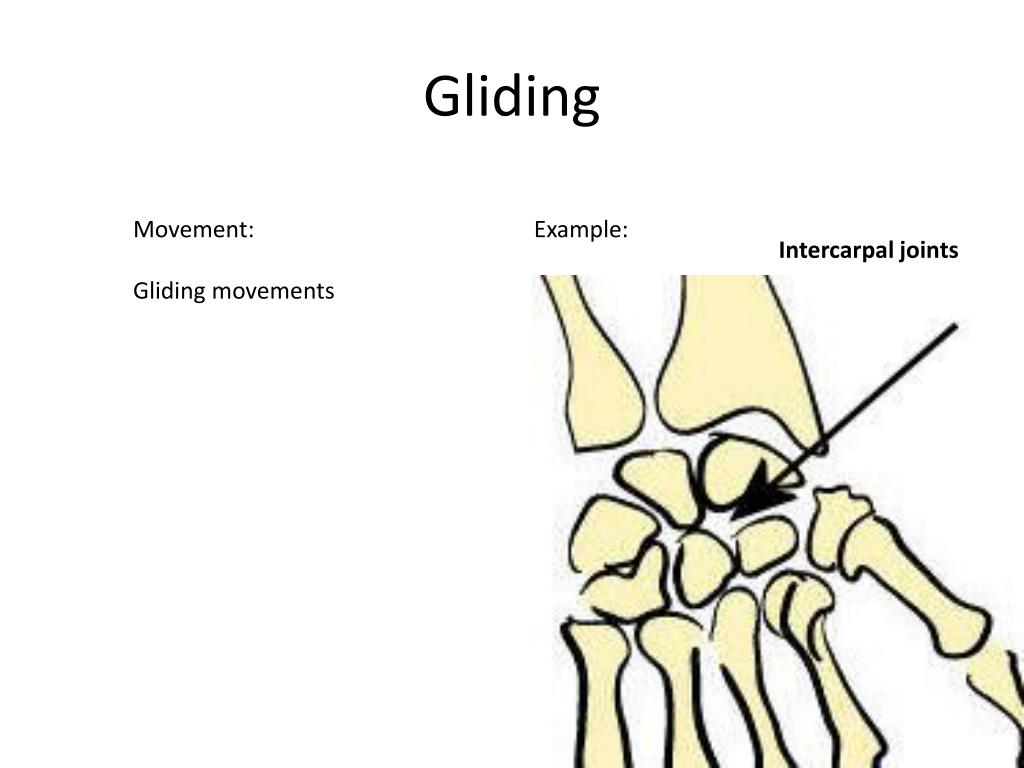
What Movement Occurs At A Gliding Joint? Mastery Wiki
Synovial joints are the only joints that have a space between the adjoining bones (Figure 45.3.3 45.3. 3 ). This space is referred to as the synovial (or joint) cavity and is filled with synovial fluid. Synovial fluid lubricates the joint, reducing friction between the bones and allowing for greater movement.

left inversion of left foot
Kanashvi Art 2.21K subscribers Subscribe Subscribed Share 12K views 1 year ago School Project labelled diagrams How To Draw Movable Joints (Pivot/Ball & socket /Hinge/Gliding) Diagram Simple.

Gliding Joint Definition, Types and Examples The Education
Gliding joints occur between the surfaces of two flat bones that are held together by ligaments. Some of the bones in your wrists and ankles move by gliding against each other. Hinge joints, like.

6 Types of Synovial Joints Plane/Gliding Saddle Hinge Pivot BallandSocket Ellipsoid
These joints allow for gliding movements, and so the joints are sometimes referred to as gliding joints. The range of motion is limited in these joints and does not involve rotation. Planar joints are found in the carpal bones in the hand and the tarsal bones of the foot, as well as between vertebrae (Figure 19.27)..

Gliding joint (foot), illustration Stock Image C039/1791 Science Photo Library
A gliding joint, or plane joint, has the least movement capability of all the synovial joints. As the name implies, the bones simply glide against each other.. bony structure—the sternum (breastbone), positioned in the anterior portion of the rib cage. As shown in the next drawing Joints of Rib Cage and Sternum, these joints are the.

What Is Gliding Joint? Definition, Types, Examples, Uses And Disorders
The movement i.e. gliding joint movement that occurs between gliding joints is limited by the ligaments that hold the bones together. The primary places in the human body that you will find gliding joints are in the ankles, wrist, and spine. Below is a description of the different types of gliding joints. Ankle Joints
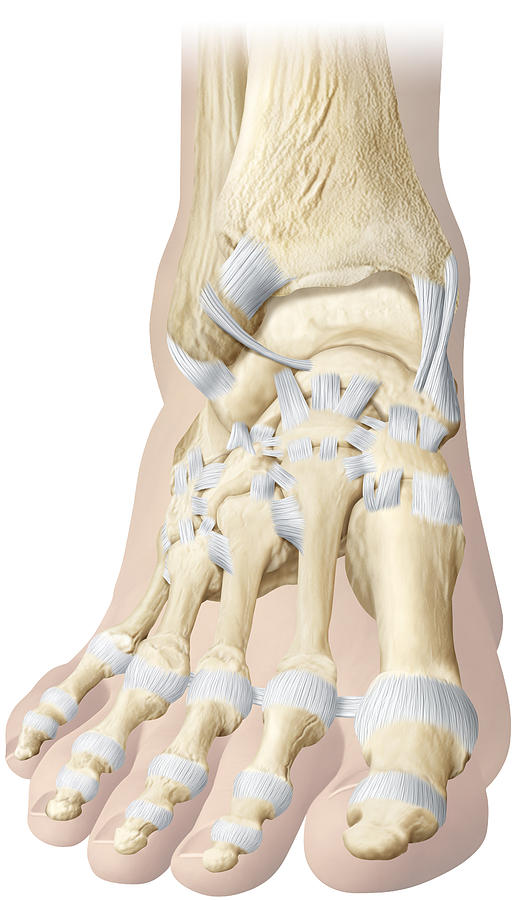
Gliding Joint Foot, Illustration Photograph by QA International Fine Art America
Planar joints, also known as gliding joints or plane joints, form between bones that are flat or nearly flat at the points of contact. The bones can move past each other across the plane of the joint in any direction - up and down, left and right, and diagonally.
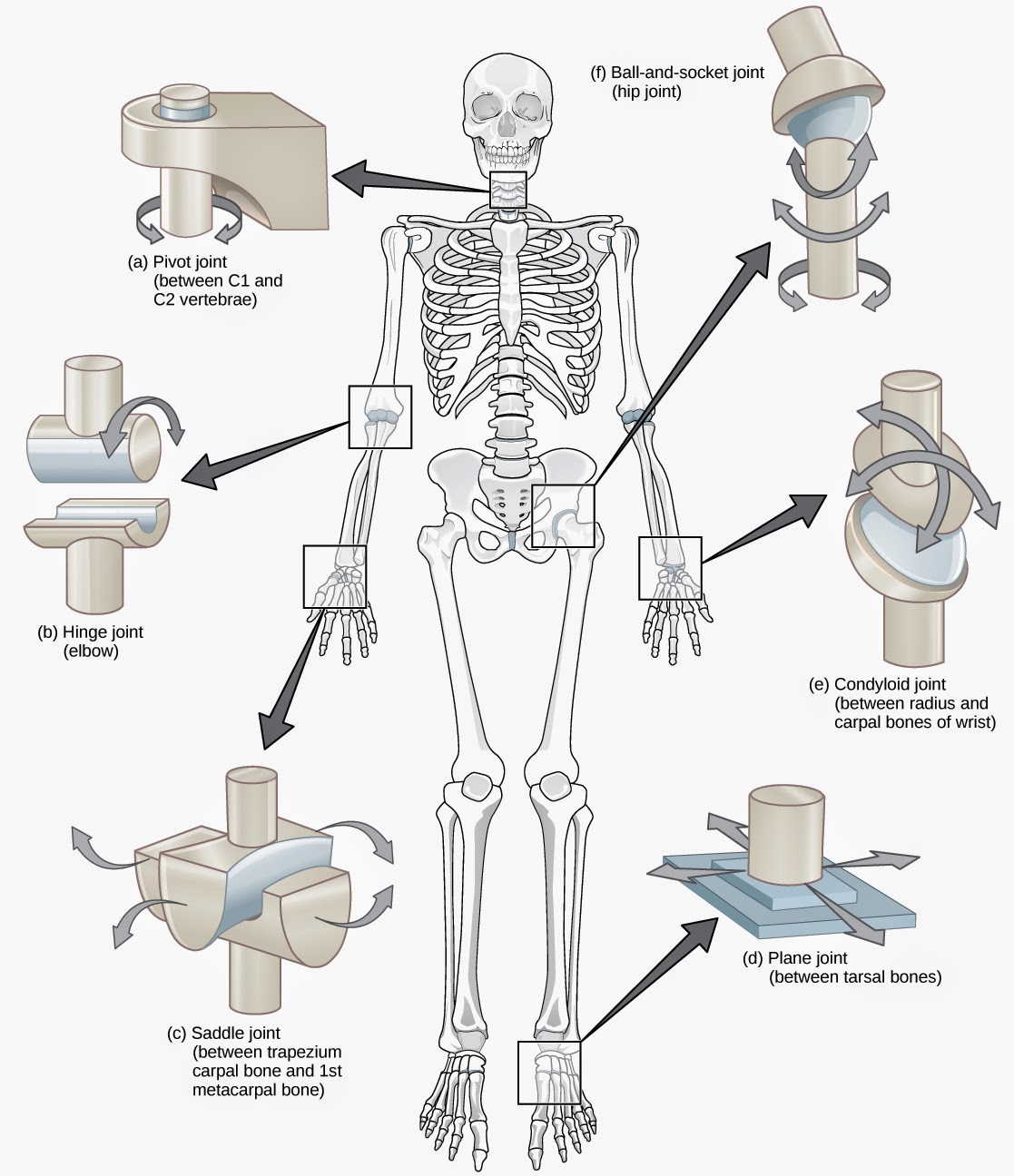
Medical sciences July 2014
There are two ways to classify joints: on the basis of their structure or on the basis of their function. The structural classification divides joints into bony, fibrous, cartilaginous, and synovial joints depending on the material composing the joint and the presence or absence of a cavity in the joint. Fibrous Joints

What Are Gliding Joints? Body and Gliding Joint Movement FIX24
Commonly thought of as a single joint, the shoulder is actually made up of two separate joints - the glenohumeral and acromioclavicular joints. These two joints work together to allow the arm both to circumduct in a large circle and to rotate around its axis at the shoulder. The glenohumeral joint is a ball-and-socket joint formed between the.

How To Draw The Structure Of synovial Joint. VERY SIMPLE YouTube
Introduce gliding joints: gliding joints move in 2 directions-but not in a rotation. 6. Working in groups of 3 students will find and label joints on a skeleton drawing. Pass out skeleton drawing and have students glue it into their notebook. Assign groups. To each group assign one or 2 bones. That group must decide what kind of joint is at.
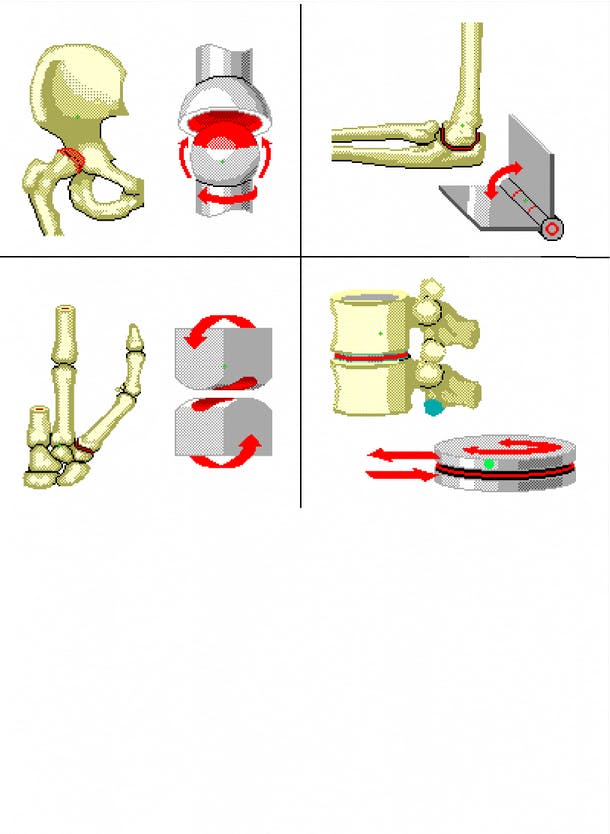
Gliding Joints Anatomy, Function & Vertebral Support
You want to get the observation sheet for the video you watched - join Myunlab to get more resources https://unlab.thinktac.com.. You want to get the observa.
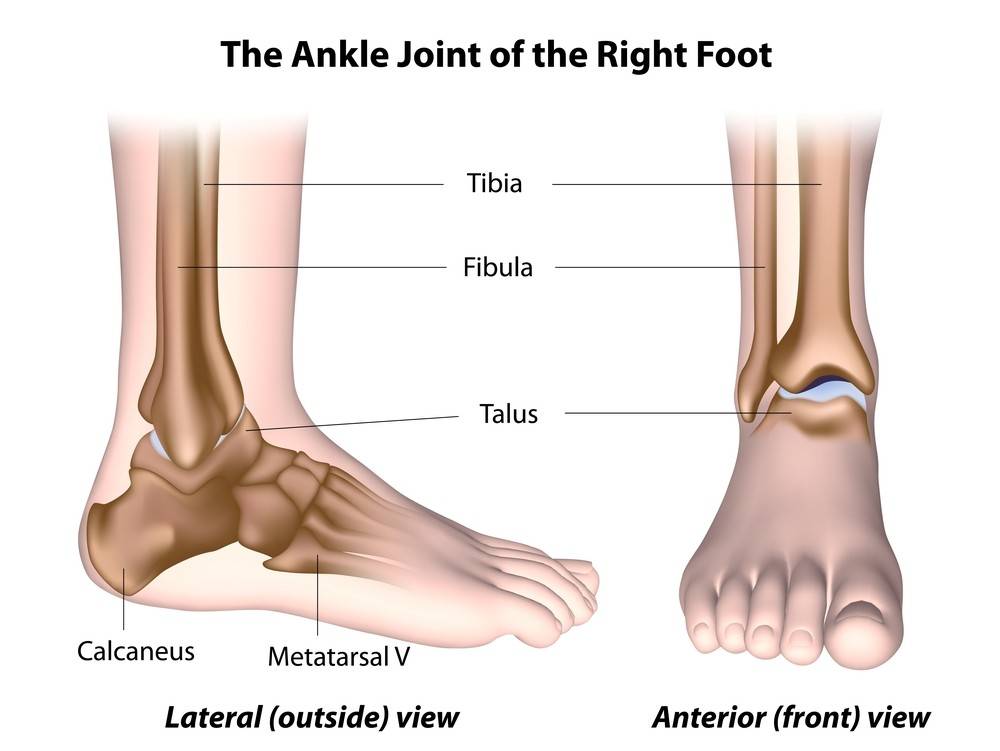
Gliding Joint Types, Examples, Functions, Disorders & Role » Education
Figure 38.12.1 38.12. 1: Types of synovial joints: The six types of synovial joints allow the body to move in a variety of ways. (a) Pivot joints allow for rotation around an axis, such as between the first and second cervical vertebrae, which allows for side-to-side rotation of the head. (b) The hinge joint of the elbow works like a door hinge.

Joints drawing skeletal system,draw Ball and socket joint, pivot joint, hinge joint, gliding
A gliding joint, also known as a plane joint or planar joint, is a common type of synovial joint formed between bones that meet at flat or nearly flat articular surfaces. Gliding joints allow the bones to glide past one another in any direction along the plane of the joint — up and down, left and right, and diagonally.
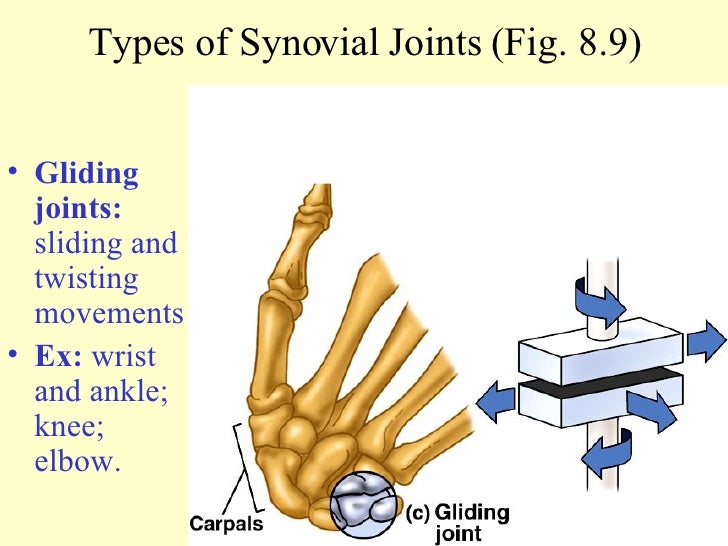
Unit 8 Ppt
The temporomandibular joint (TMJ) is a hinge type synovial joint that connects the mandible to the rest of the skull.More specifically, it is an articulation between the mandibular fossa and articular tubercle of the temporal bone, and the condylar process of the mandible.Even though the TMJ is classified as a synovial-type joint, it is atypical in that its articular surfaces are lined by.